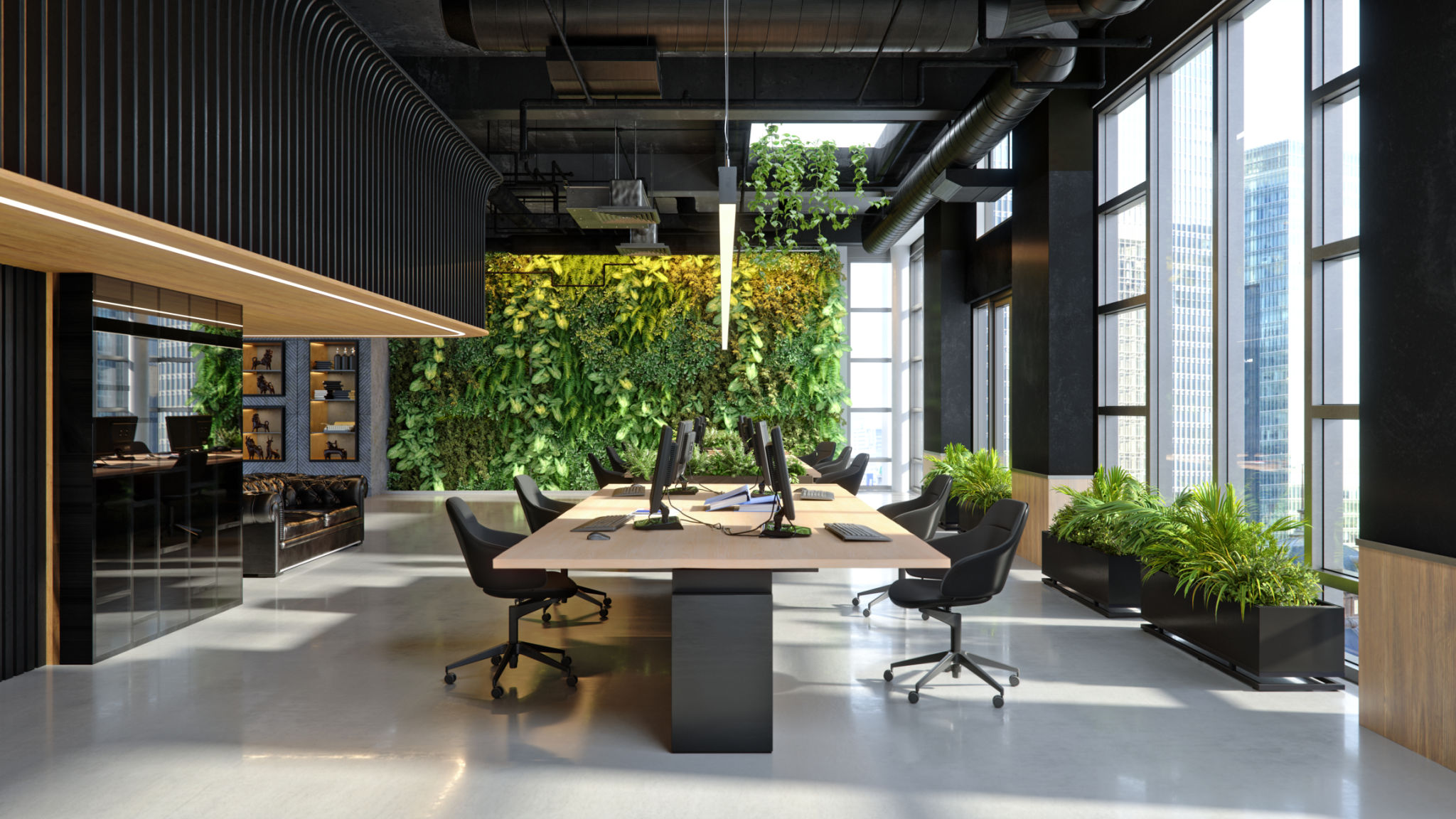Interior Design Trends for Commercial Spaces: Maximizing Functionality and Aesthetics
Understanding the Shift in Commercial Interior Design
In recent years, there has been a notable shift in how commercial spaces are designed. The focus has moved from mere aesthetics to a harmonious blend of functionality and visual appeal. As businesses strive to create environments that enhance productivity and employee well-being, the role of interior design has become more pivotal than ever. This trend is not only about making spaces look good but also about optimizing them for better use.
Modern commercial spaces are increasingly embracing designs that cater to diverse needs. From open-plan layouts that encourage collaboration to quiet zones tailored for focused work, the design choices are vast and varied. These spaces are crafted to reflect the brand's identity while also ensuring that they meet the practical needs of their users.

The Rise of Flexible Workspaces
The concept of flexible workspaces has gained significant traction. Businesses are now opting for designs that can be easily reconfigured to suit different functions. This involves using modular furniture, movable partitions, and adaptable lighting solutions. Such flexibility ensures that commercial spaces can accommodate changes in team sizes or project requirements without undergoing major renovations.
Employers recognize the importance of providing a dynamic work environment that can adapt to various tasks. Flexible workspaces not only enhance productivity but also help in retaining talent by offering a comfortable and versatile setting.

Incorporating Sustainable Materials
Sustainability is no longer just a buzzword; it is a crucial aspect of modern interior design. Businesses are increasingly opting for sustainable materials that reduce environmental impact. From reclaimed wood and recycled metal to energy-efficient lighting, there is a growing emphasis on eco-friendly choices.
Using sustainable materials not only supports environmental responsibility but also adds a unique character to the space. These materials often come with textures and finishes that lend warmth and authenticity to commercial interiors.

Biophilic Design: Bringing Nature Indoors
Biophilic design, which integrates natural elements into indoor environments, continues to be a dominant trend. Incorporating plants, natural light, and organic textures can enhance employees' connection with nature, leading to improved mental well-being and increased productivity.
Designs that include living walls, indoor gardens, and large windows not only create a tranquil atmosphere but also help purify the air, contributing to healthier workspaces. Biophilic design is a testament to how nature-inspired elements can transform commercial spaces into inviting and restorative environments.

Technology Integration in Design
As technology becomes increasingly intertwined with everyday operations, integrating tech solutions into interior design is essential. Smart lighting systems, digital conferencing tools, and wireless charging stations are just a few examples of how technology can enhance functionality in commercial spaces.
This integration ensures that the workplace remains efficient and up-to-date while maintaining an aesthetically pleasing ambiance. By incorporating technology seamlessly into design elements, businesses can create an environment that supports modern work demands.
Creating Unique Brand Experiences
Interior design is a powerful tool for conveying a brand's identity. Businesses are now keen on creating spaces that tell their brand story through thoughtful design elements. Custom artwork, branded color palettes, and personalized furnishings help in crafting unique experiences for both employees and clients.
Such tailored spaces not only boost brand recognition but also foster a sense of belonging among employees. By aligning the physical environment with the company's values and mission, businesses can create strong emotional connections with their audience.

Conclusion: The Future of Commercial Interiors
As we look towards the future, the trends in commercial interior design will continue to evolve with an emphasis on maximizing functionality while enhancing aesthetics. By adopting flexible layouts, sustainable practices, biophilic elements, and technology integration, businesses can create inspiring and efficient spaces.
The key lies in striking the right balance between practicality and style, ensuring that commercial interiors not only look good but also serve their intended purpose effectively. As these trends gain momentum, they will undoubtedly shape the future of how we perceive and utilize our workspaces.